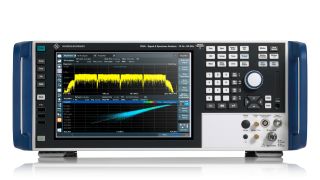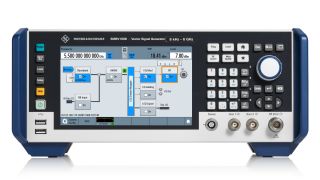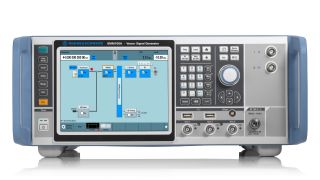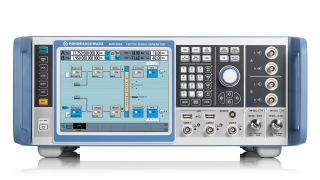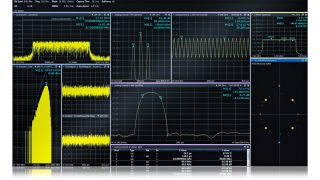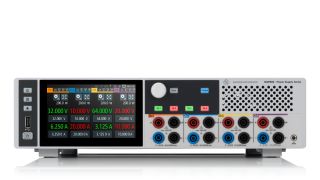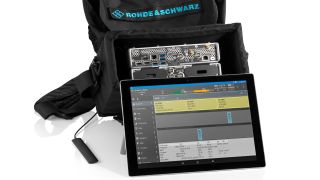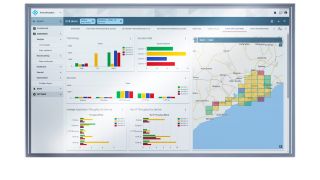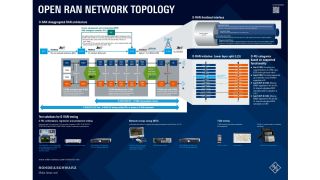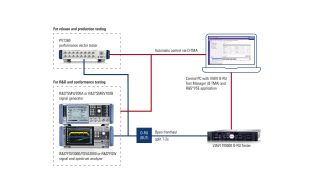Open radio access networks (O-RAN)
Innovative solutions for O-RAN test and measurement
The evolution of Open RAN (O-RAN) is making radio access networks (RAN) more open, disaggregated and flexible. Opening the network architecture can foster innovation, enable customization to individual needs and enhance network efficiency.
Interface standardization allows a network to mix and match vendors. However, this introduces new challenges in ensuring interoperability between network components. As such, advanced equipment is key for the development, certification and regression test of individual network elements, such as O-RAN radio units (O-RU). Automation has always been a valuable tool for saving resources, but it is essential for comprehensive O-RAN testing due to the asynchronous hardware and software releases of O-RAN elements.
Interoperability between O-RAN elements is ensured by the O-RAN ALLIANCE, which defines the O-RAN.WG4. CONF specification. This specification is relevant for the O-RAN fronthaul open interface, and O-RUs must conform to it in addition to the 3GPP specification.
O-RAN ALLIANCE
The O-RAN ALLIANCE is a global community of mobile network operators, vendors and research institutions. It defines new open interfaces and nodes that complement 3GPP specifications. It also organizes global plugfests that push progress in integrating and testing O-RAN building blocks. The O-RAN Alliance has established a Certification and Badging Program. The certificate ensures that equipment or functions conform to O-RAN specifications, and the badges confirm the interoperability or end to end functionality of an O-RAN solution.
O-RAN architecture and disaggregated networks
In O-RAN architecture, the interface between the distributed unit (O-DU) and the radio unit (O-RU) is known as the fronthaul interface, and it includes several planes, each serving a specific purpose:
- C-plane: real-time control
- S-plane: synchronization
- U-plane: user data
- M-plane: management
The O-RAN 7.2x split is a functional split in the radio access network (RAN) architecture that distributes the physical layer (PHY) functional modules between the Low-PHY (O-RU) and High-PHY (O-DU).









